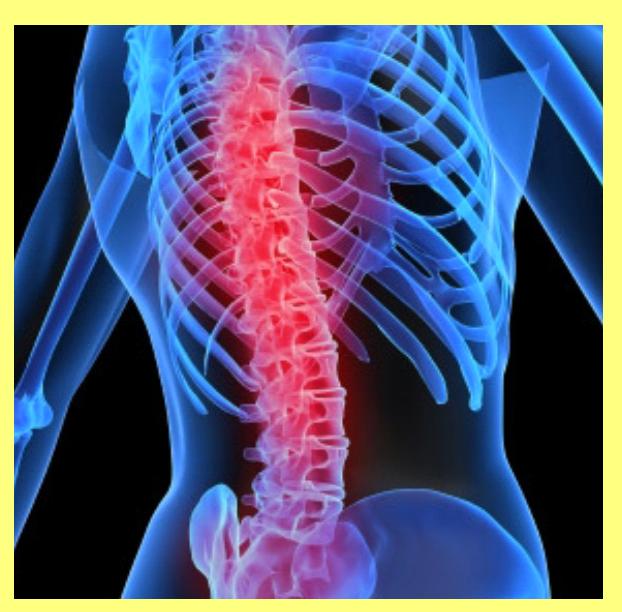Understanding Upper Back Pain Prevalence and Impact True, the upper back does not cause as many visits to the doctor…


Understanding Upper Back Pain Prevalence and Impact True, the upper back does not cause as many visits to the doctor…
 Of all the systems in the human body, undoubtedly the spinal column is one of the most complex. Within this complex structure is an intricate arrangement of vertebrae, discs, nerves, muscles, and ligaments. It’s that complexity that gives the spine its many functions. Of course, it’s also what makes the spine one of the most vulnerable structures in the body. And, even though spine conditions can occur to anyone at any time, especially due to injury, older folks are far more susceptible to degenerative spine conditions, which are medical conditions that develop over time. As we age, our bodies naturally have taken more of a toll as the years have worn on, making each and every one of us more susceptible to suffering conditions of the spine related to the years of stress and burden we’ve endured throughout life. Following is more information from spine specialists in Morristown and throughout the country regarding the most common of these degenerative spine conditions, including osteoarthritis, spinal stenosis, and degenerative disc disease.
Of all the systems in the human body, undoubtedly the spinal column is one of the most complex. Within this complex structure is an intricate arrangement of vertebrae, discs, nerves, muscles, and ligaments. It’s that complexity that gives the spine its many functions. Of course, it’s also what makes the spine one of the most vulnerable structures in the body. And, even though spine conditions can occur to anyone at any time, especially due to injury, older folks are far more susceptible to degenerative spine conditions, which are medical conditions that develop over time. As we age, our bodies naturally have taken more of a toll as the years have worn on, making each and every one of us more susceptible to suffering conditions of the spine related to the years of stress and burden we’ve endured throughout life. Following is more information from spine specialists in Morristown and throughout the country regarding the most common of these degenerative spine conditions, including osteoarthritis, spinal stenosis, and degenerative disc disease.